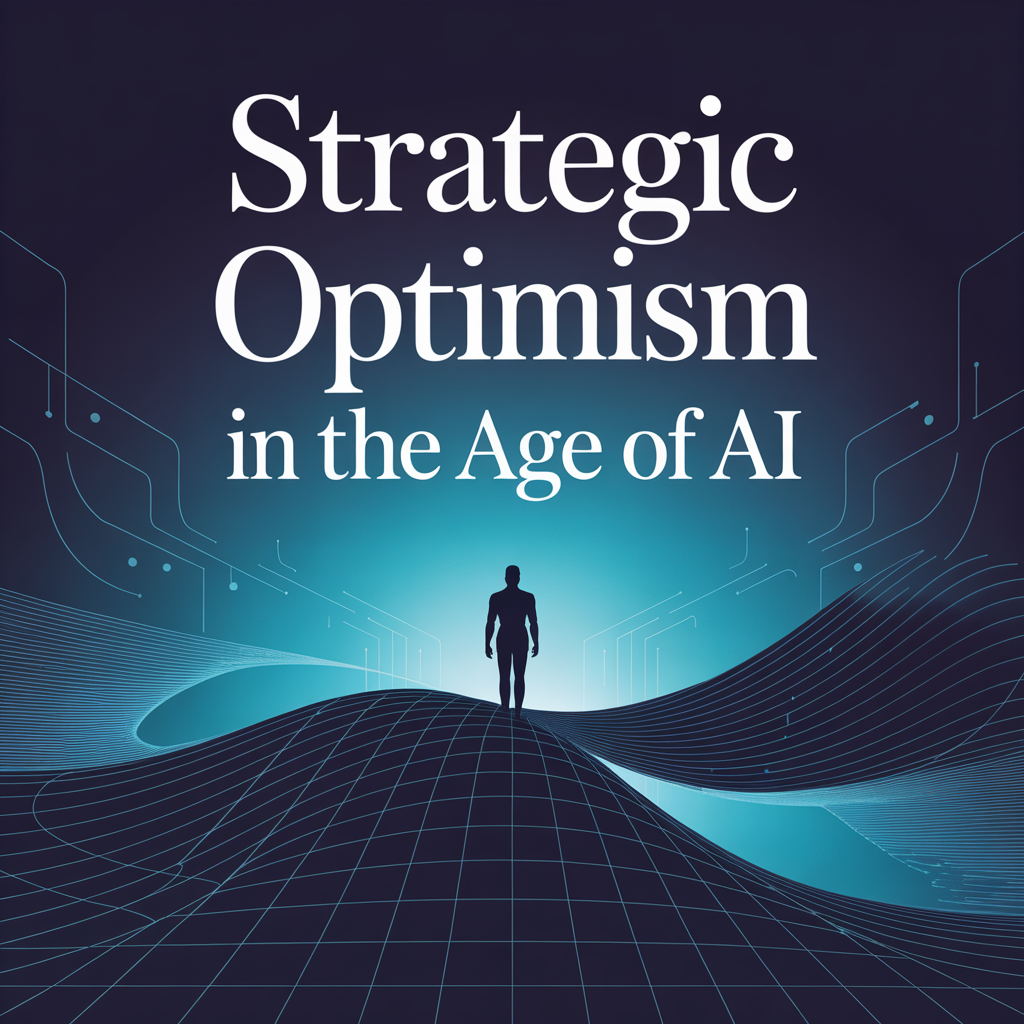Wednesday, October 29, 2025
Wednesday, October 29, 2025

Ann Melinger:
AI is everywhere. In boardrooms, breakrooms and every corner of the news cycle. It inspires hype and dread in equal measure. Leaders feel pressure to reassure, regulate or resist. Employees wonder if their jobs, skills or identities are at risk.
In moments like this, organizations often default to fear. They issue directives, control the narrative or downplay uncertainty. But fear shrinks possibility. It narrows imagination. It creates compliance when what’s needed is commitment.
The alternative is not blind cheerleading. It’s strategic optimism.
What Strategic Optimism Is and Isn’t
Strategic optimism is not naïve. It does not pretend everything will work out or that disruption won’t hurt. It is the disciplined choice to lean toward opportunity while acknowledging risk.
It rests on three principles:
Optimism in this sense is not an emotion. It’s a strategy.
Why Organizations Need It Now
AI adoption will not succeed through control alone. Compliance is not commitment. Employees want to know: What does this mean for me? If leadership cannot answer with clarity and optimism, the vacuum will be filled with suspicion, rumor or paralysis.
Fear-based narratives about AI – whether dystopian or defensive – breed mistrust. Strategic optimism does the opposite. It creates confidence that the future is navigable. It builds belief that individuals have a role in shaping outcomes.
In a competitive market, this cultural orientation may prove decisive. Companies that foster optimism will attract and retain employees willing to experiment, reskill and adapt. Companies that don’t will find themselves trapped in cycles of resistance and disengagement.
History shows a consistent pattern: every major technological disruption, from the industrial revolution to the advent of the internet, begins with fear and displacement. Jobs are lost, workflows are disrupted and uncertainty dominates. But over time, new roles emerge, industries expand and overall employment grows. AI is likely to follow the same curve. Strategic optimism means helping employees see not just the risk of today, but the opportunities of tomorrow.
What It Looks Like in Practice
Strategic optimism isn’t abstract. It shows up in how leaders speak and act.
The throughline is balance: pairing honesty with hope, clarity with ambition.
The Role of Communicators
Communicators are the stewards of strategic optimism. Their task is not to decorate disruption with nice words. It is to translate complexity into meaning.
That means:
Done well, this builds a narrative arc. Employees don’t just see AI as a system imposed on them; they see themselves as part of a journey, working alongside leadership.
A Competitive Advantage
The future of work will be written in real time. No company has the full map. The ones that thrive will not be those that suppress uncertainty, but those that mobilize around it.
Strategic optimism is the engine for that mobilization. It doesn’t erase fear, but it prevents fear from dictating outcomes. It doesn’t promise easy answers, but it sustains confidence that answers can be found.
Futurist Ray Kurzweil has long noted that technology reflects our collective imagination. If we expect collapse, we design defensively. If we expect growth, we design expansively. Strategic optimism means refusing to let fear script the future. It means believing, and therefore building, toward possibility.
In the age of AI, that mindset is not a luxury. It is an advantage.
+++
Ann Melinger is CEO at bink
Written by: Editor
© 2025 Stratpair Ltd., trading as Strategic. Registered in Ireland: 747736